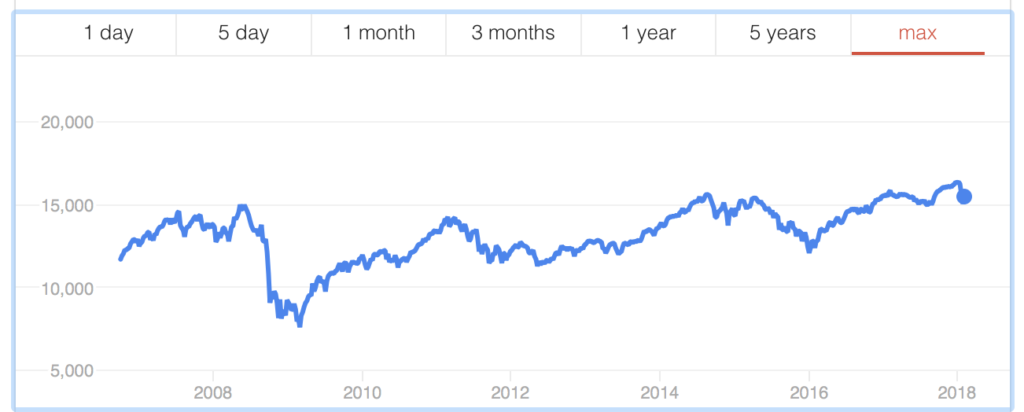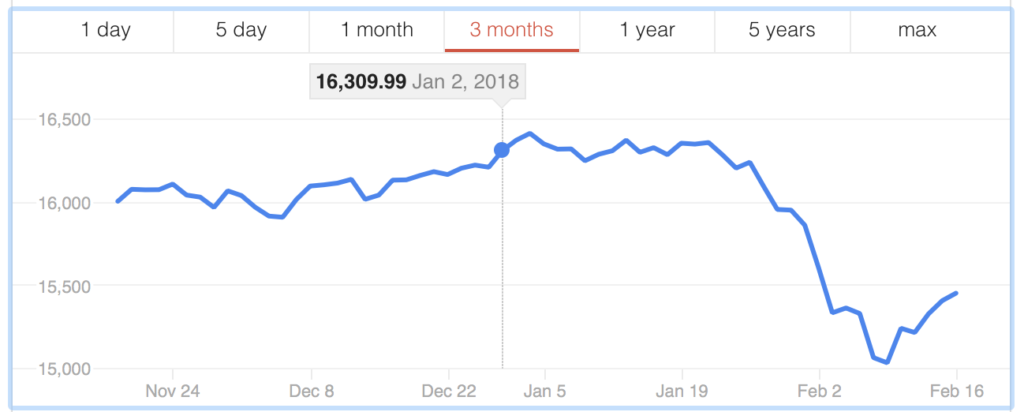Canada’s stock market is the worst in the world right now
A decade of slumping energy shares is hurting the TSX. Investors need more tech exposure
Advertisement
A decade of slumping energy shares is hurting the TSX. Investors need more tech exposure
 For years now, investor portfolios in Canada have been taking an undue amount of punishment from the oil and gas sector. So much so, that you’d figure it would grow tired of inflicting all that damage and start being nice again in 2018. Guess again. Canada’s stock market is being a real dog again this year and energy stocks are leading the way down.
In the last 10 years, the energy subindex on the S&P/TSX Composite has dropped by more than a third, acting as a major headwind on the broader market. The TSX has gained only 14% in that same period, compared to an advance of 101% for the S&P 500 in the U.S.
Think about it; if you were unlucky enough to buy into the stock market at the peak in 2008, just before the financial crisis hit full force, your gains (excluding dividends) wouldn’t buy you much more than two loaves of price-fixed bread at Loblaws and a bag of President’s Choice sour grapes. If that was your nest egg and you need to start pulling the money out today to fund your retirement, that has got to hurt.
Here is the TSX in the last 10 years.
For years now, investor portfolios in Canada have been taking an undue amount of punishment from the oil and gas sector. So much so, that you’d figure it would grow tired of inflicting all that damage and start being nice again in 2018. Guess again. Canada’s stock market is being a real dog again this year and energy stocks are leading the way down.
In the last 10 years, the energy subindex on the S&P/TSX Composite has dropped by more than a third, acting as a major headwind on the broader market. The TSX has gained only 14% in that same period, compared to an advance of 101% for the S&P 500 in the U.S.
Think about it; if you were unlucky enough to buy into the stock market at the peak in 2008, just before the financial crisis hit full force, your gains (excluding dividends) wouldn’t buy you much more than two loaves of price-fixed bread at Loblaws and a bag of President’s Choice sour grapes. If that was your nest egg and you need to start pulling the money out today to fund your retirement, that has got to hurt.
Here is the TSX in the last 10 years.
 And here is what it looks like so far in 2018.
And here is what it looks like so far in 2018.

Share this article Share on Facebook Share on Twitter Share on Linkedin Share on Reddit Share on Email